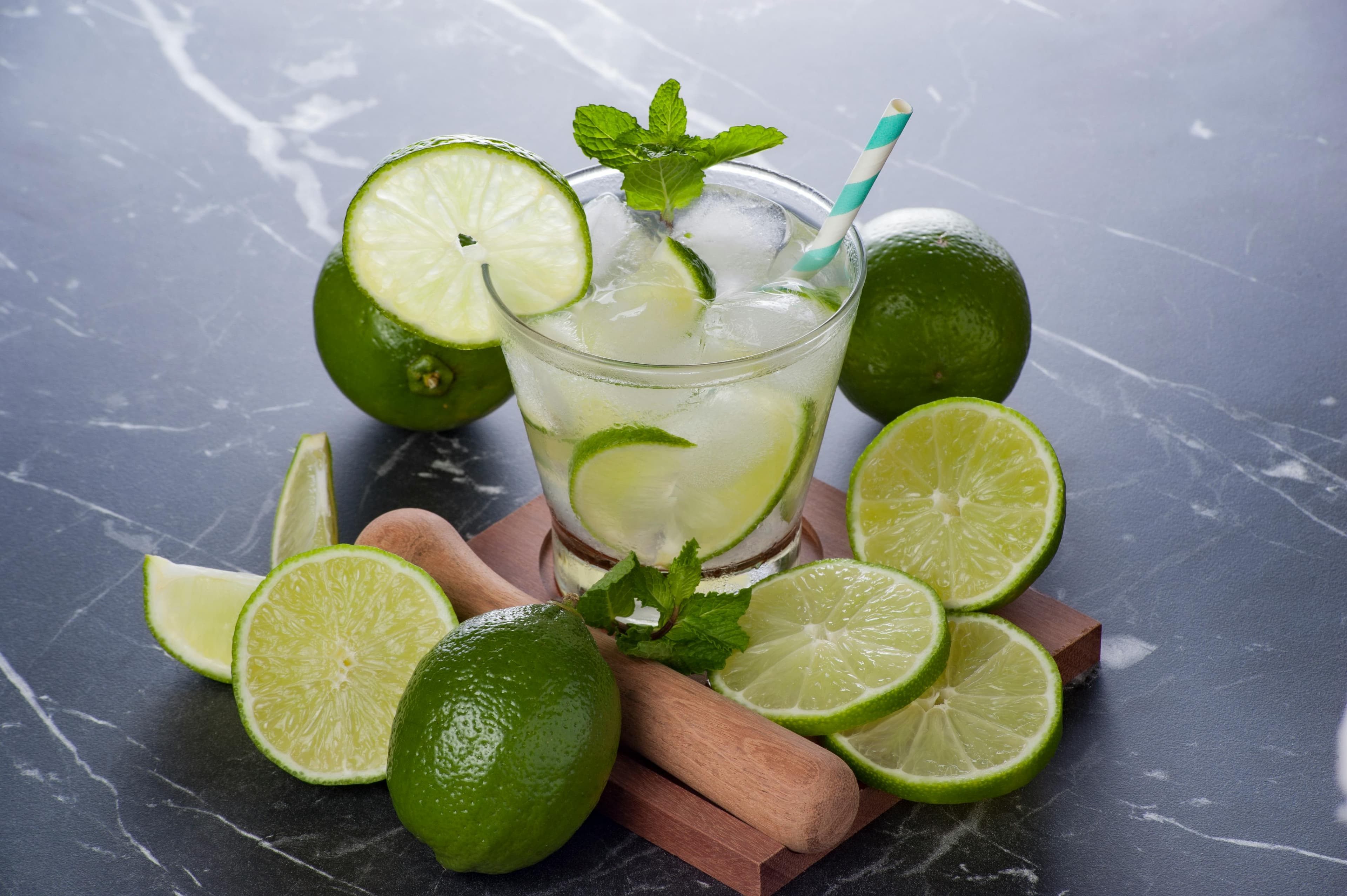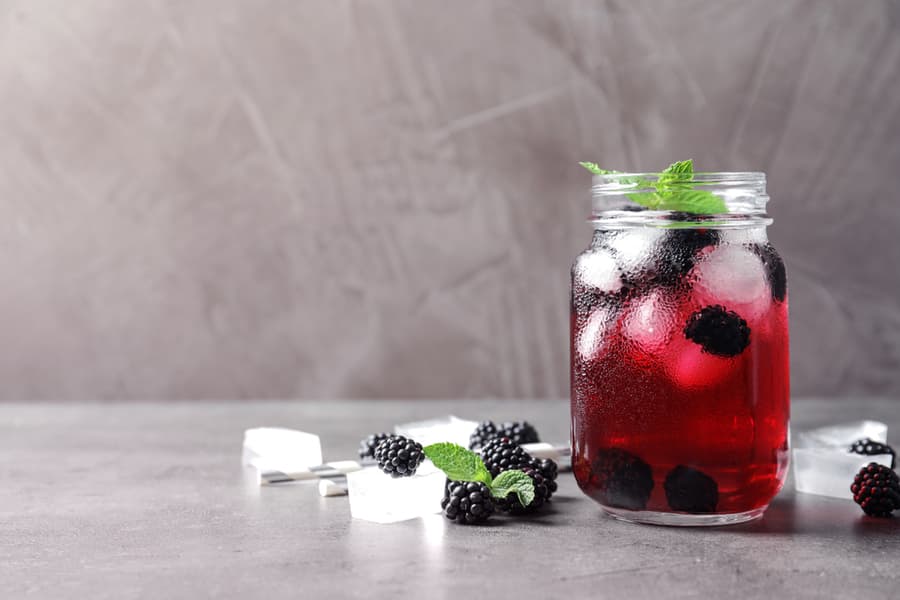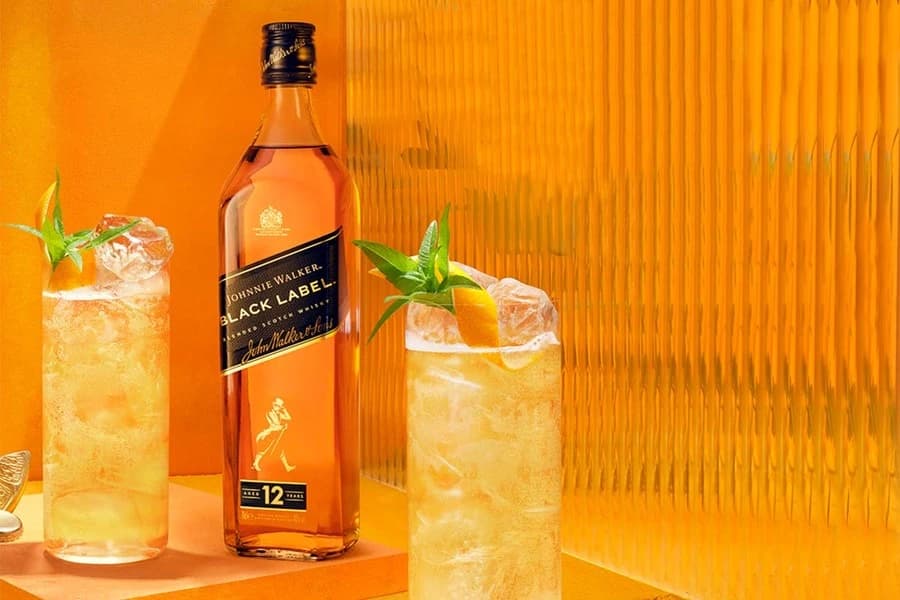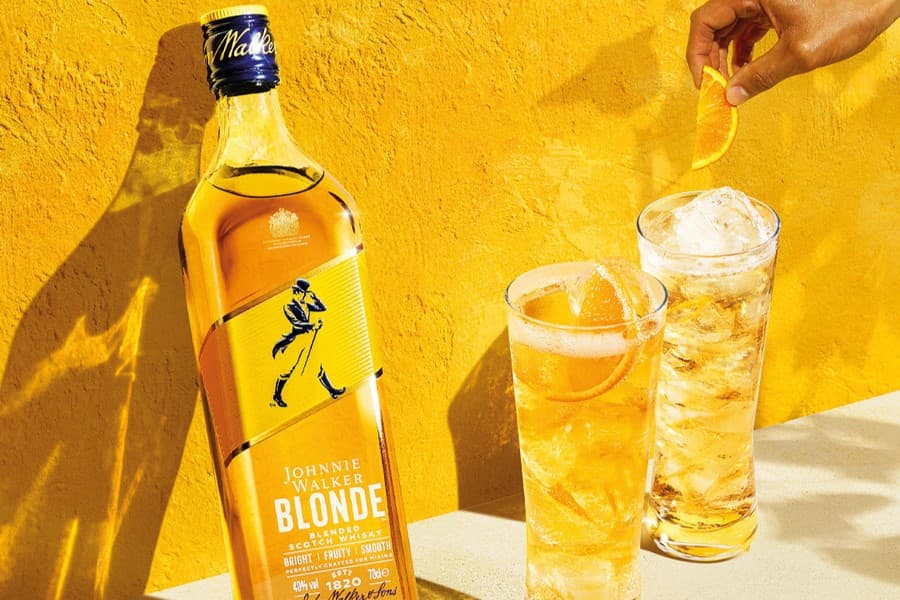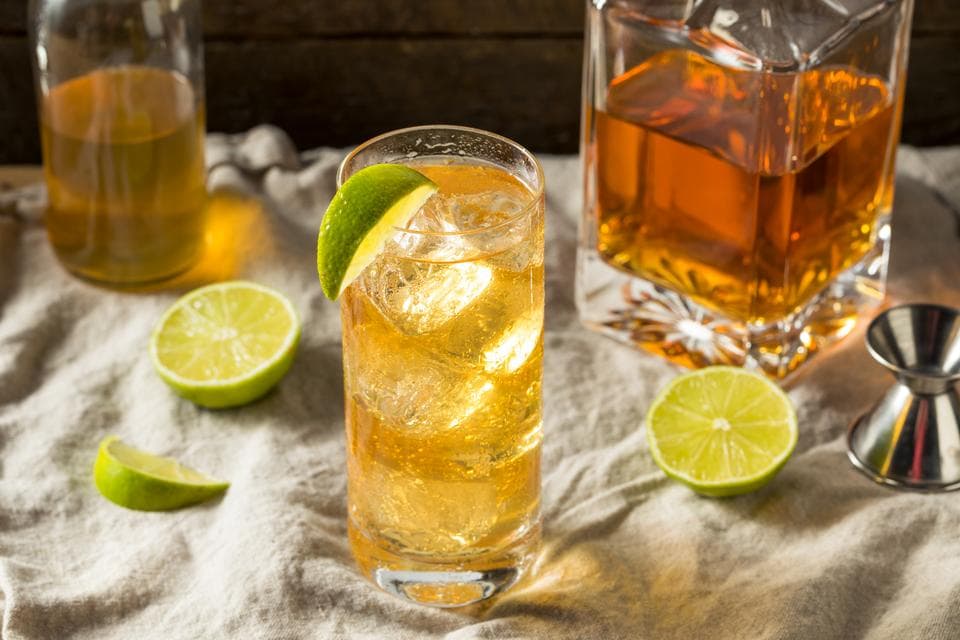Classic Caipirinha Cocktail
The Caipirinha is known as Brazil’s national cocktail, simple and full of brilliant citrus flavour. Cachaça, a sugarcane-based liquor, is added to give the drink a raw, earthy flavour and is served over ice and topped with a lime wheel for its assertive but balanced—slightly sweet, tangy and tropical flavour.
Ingredients
Serves1- Check off ingredients
- 4nos lime wedges
- 2teaspoons granulated sugar (adjust to taste)
- 30mL cachaça
- Ice cubes
- for garnish Lime wheel
Method
- Step 1
Muddle lime wedges with sugar in a rocks glass to extract its juice and oils, resulting in a bright, aromatic base.
- Step 2
Pour 30 ml of cachaça directly into the glass and gently stir to completely dissolve the sugar in the lime mixture.
- Step 3
Fill the glass with crushed ice cubes to chill the drink without diluting too much; stir again to blend, then chill.
- Step 4
Garnish with a lime wheel for visual appeal and a hint of citrus before serving immediately, using a short straw or stirring stick.
Tips & Suggestions
Frequently Asked Questions
Why is the drink called 'Caipirinha'?
What do you eat with a caipirinha cocktail?
What does a caipirinha cocktail taste like?
You may also love these
Rate This Cocktail
If you love this recipe then tab a star to rate it.

